In brief, yes, theoretically, but you'll probably end up introducing a large discrepancy in current especially at low loads, and if you don't accurately measure the offset caused by the additional resistances, your measurements are going to be well off anyway. So yes, but avoid unless absolutely necessary.
In more detail:
Assuming temperature isn't an issue (shunt resistors are normally made of manganin, since its resistivity changes very little with temperature, unlike other conductors), as long as you know the resistance and thus voltage drop of your wires, you will still be able to use it as an ammeter after adjusting for the larger drop. It won't be as effective since the higher resistance will reduce current more, and the reading will be less accurate since extra uncertain factors (e.g. length of wire) will be introduced, but it is theoretically possible.
You'd need to be able to measure the resistance or voltage drop fairly accurately though. This can be done with a wheatstone bridge, but the resistance needed for that generally needs to be higher than about 1 ohm; comparing this with a typical shunt resistor rated at 10A, 75mV drop - i.e. 0.075/10 = 0.0075 ohms, it's a lot higher, so I doubt it would be suitable for low power or very high power applications. You could try making a Kelvin bridge, although that involves getting very high precision resistors; I've never tried so I can't tell you too much about this, but they are apparently better at measuring resistances below 1 ohm.
If you have a current source or power supply with precise current limitation, you could use that along with a multimeter to inject a known current into the connecting wires and by measuring the voltage across it, deduce the resistance.
